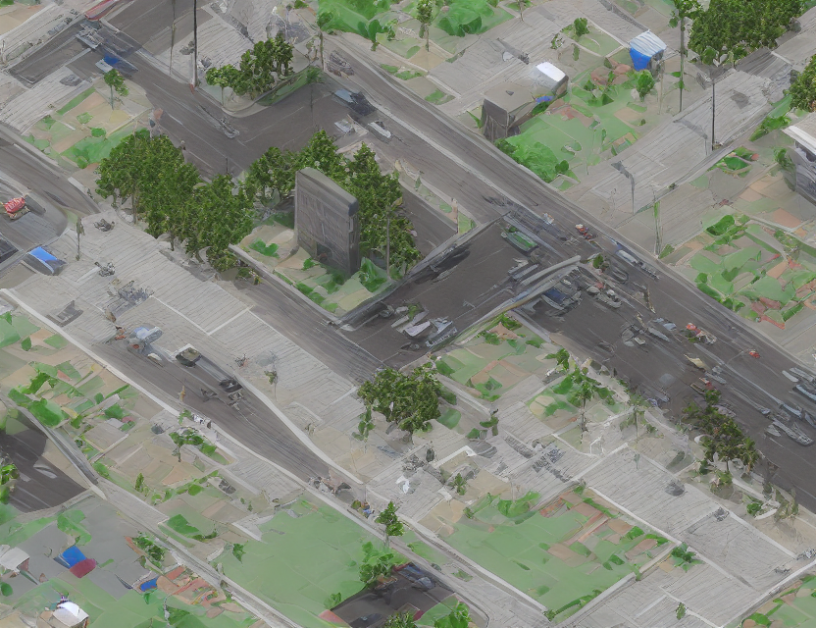Understanding Video with Space-Time Attention
Imagine you’re watching a movie, and your friend asks you to describe what’s happening on screen. You could just tell them the plot, but that wouldn’t give them a clear picture (pun intended). To really understand what’s going on, you need to break it down into smaller elements – like the actions of each character, the setting, and the dialogue. This is similar to how computers process video information using space-time attention.
In this article, we’ll explore how space-time attention works in the context of International Conference on Machine Learning (ICML) papers [7-10]. We’ll dive into what it means for video understanding and provide examples to help you grasp the concept better.
What is Space-Time Attention?
Space-time attention is a technique used in machine learning to focus on specific parts of a video, like a character’s face or a particular scene. It does this by combining two types of attention: space attention (focusing on different parts of the video) and time attention (focusing on different moments in time).
Think of it like a camera lens. A normal camera lens focuses on one part of an image, but a space-time attention lens can focus on multiple parts of both the image and time. This allows computers to analyze videos more comprehensively and understand them at a deeper level.
How Does Space-Time Attention Work?
Space-time attention works by combining two main components: a spatial transformer and a temporal transformer. The spatial transformer helps identify specific parts of the video, while the temporal transformer helps identify specific moments in time. These two transformers are then combined to create space-time attention.
Imagine you’re watching a dance routine. The spatial transformer could highlight the dancer’s legs, while the temporal transformer could focus on a particular beat of the music. By combining these two transformers, the computer can analyze both the movement of the legs and the timing of the music simultaneously, providing a more detailed understanding of the dance routine.
Examples of Space-Time Attention in Practice
Several papers discussed in this article have used space-time attention to improve video understanding. For instance:
- In [7], the authors proposed a space-time attention mechanism that leverages both spatial and temporal attention to analyze videos. They showed that this approach can improve the performance of video classification tasks.
- In [8], the authors introduced a food recognition task that utilizes space-time attention. Their approach involves training a deep neural network to focus on specific parts of an image (space attention) and specific moments in time (time attention). This allows the network to recognize different types of food more accurately.
- In [9], the authors proposed an emerging properties analysis using space-time attention. They showed that this approach can identify patterns in videos that are not apparent through traditional analysis methods.
Conclusion
In conclusion, space-time attention is a powerful technique that allows computers to analyze videos more comprehensively and understand them at a deeper level. By combining space and time attention, machines can better recognize patterns and details in video data. As computer vision technology continues to advance, we can expect to see even more innovative applications of space-time attention in various fields.



